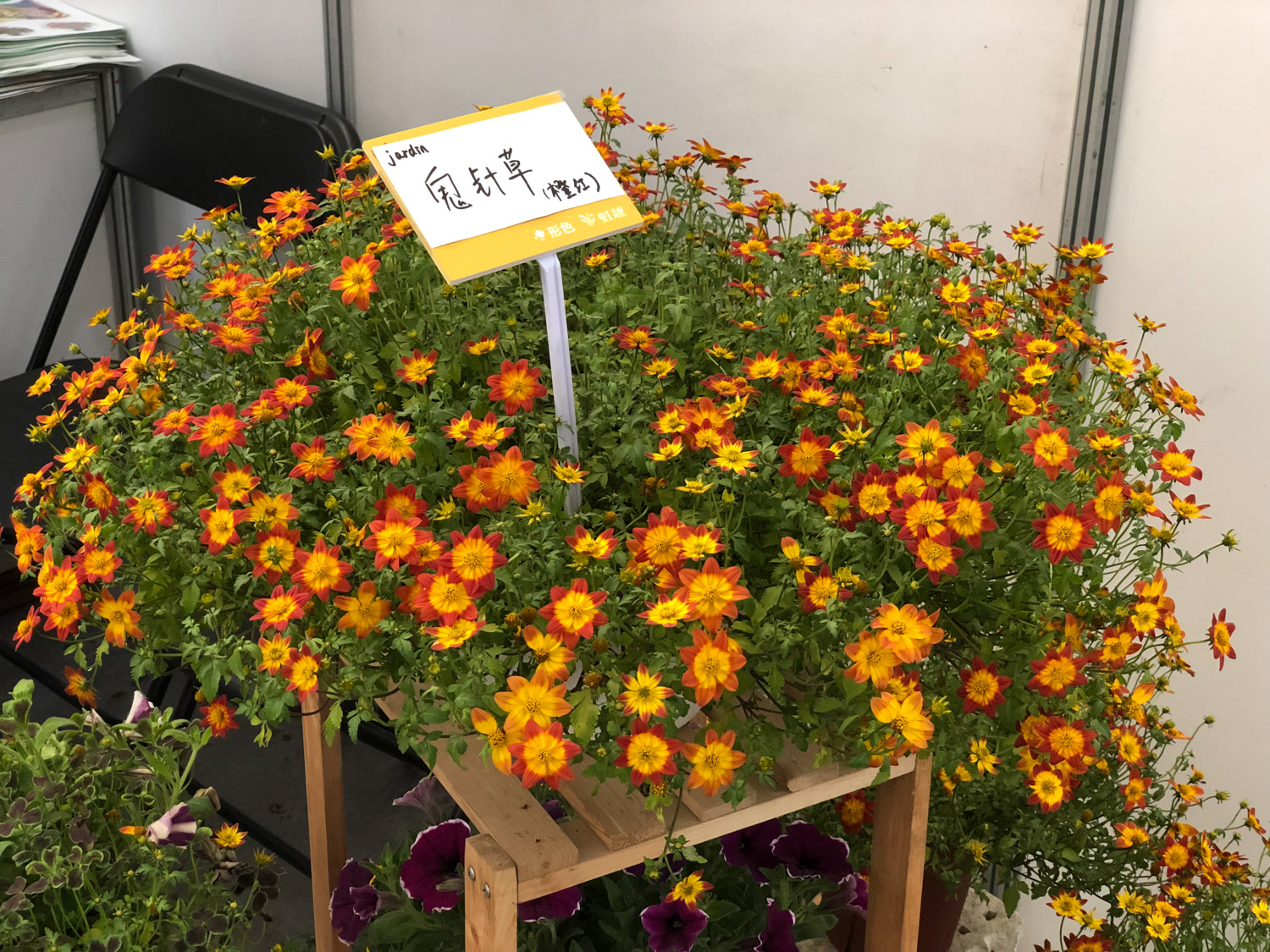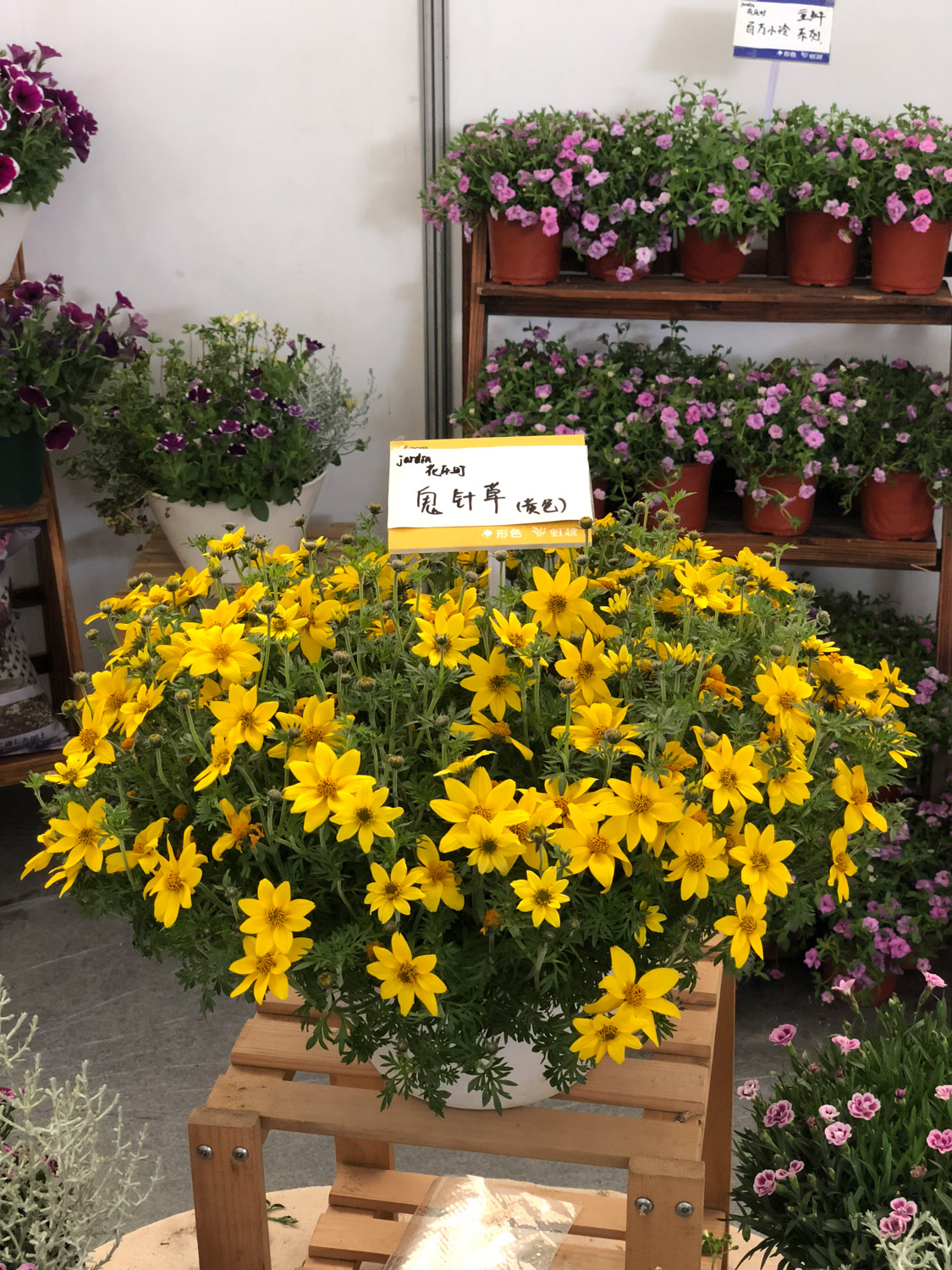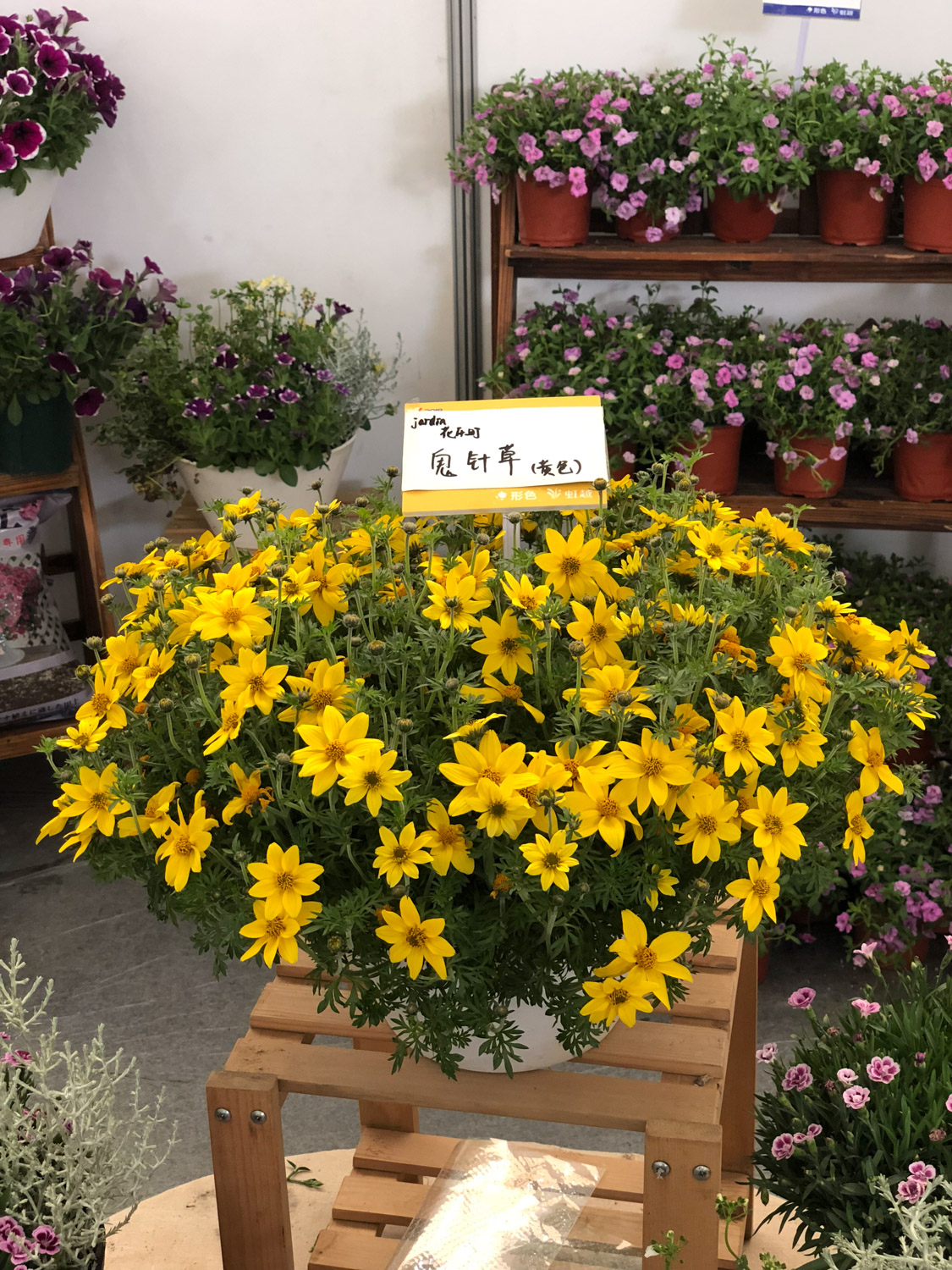1、 Curing method
1. Soil: it is recommended to use loose and fertile clay mixed with sandy soil to cultivate Bidens bipinnata
2. Moisture: during maintenance, there is no need to deliberately water and irrigate, just wait for the rain and let the rain provide water. But if it doesn't rain for a long time, the soil is already very dry, and proper watering is also needed to provide water

3. Nutrients: apply some organic fertilizer after planting. Fertilize once every 30-40 days. Before fertilization, the fertilizer should be diluted in advance. Be careful not to apply concentrated fertilizer or raw fertilizer
4. Temperature: it likes to grow in humid and warm places. The best temperature is 18-25 ℃. It grows faster where the temperature is appropriate

2、 Breeding skills
1. Pruning: after planting Bidens bipinnata, attention should be paid to timely pruning the messy grass branches at the root. In the later stage, attention should also be paid to pruning the withered and aged branches and leaves due to insufficient nutrients. The pruned branches and leaves should be buried in time to avoid affecting other branches and leaves
2. Reproduction: Bidens bipinnata generally uses seeds for reproduction, and bears fruits from August to October. At this time, the seeds can spread and reproduce with the help of wind, water and manure, and germinate and grow in spring

3、 Diagnosis and treatment problems
1. Yellow leaves: the yellow leaves of Bidens bipinnata are caused by insufficient water and fertilization. At this time, it should be applied with some farm fertilizer and watered once again. The problem of yellow leaves will be solved in about two or three days
2. Rotten root: the reason for rotten root may be caused by too much ponding. The ponding bubbles in its root, which affects its normal absorption of water. The phenomenon of rotten root will be caused after a long time

4、 Other issues
1. Whether it can be planted in the ground: it is not recommended to plant in the ground. Bidens has strong reproductive ability and high demand for water and fertilizer. It uses its own growth advantages to compete with other crops for water and fertilizer nutrients, which will affect the growth of crops, so it is not recommended to plant in the ground
2. Toxic or not: Bidens bipinnata contains toxic substances. Don't touch it to avoid forgetting to wash your hands after touching it, and then eating other food by mistake, resulting in unnecessary trouble


 jackfruit
jackfruit snake plant
snake plant hibiscus
hibiscus hydrangea
hydrangea lavender
lavender Green roses climb al...
Green roses climb al... If you don't pay att...
If you don't pay att... Management of four g...
Management of four g...
































